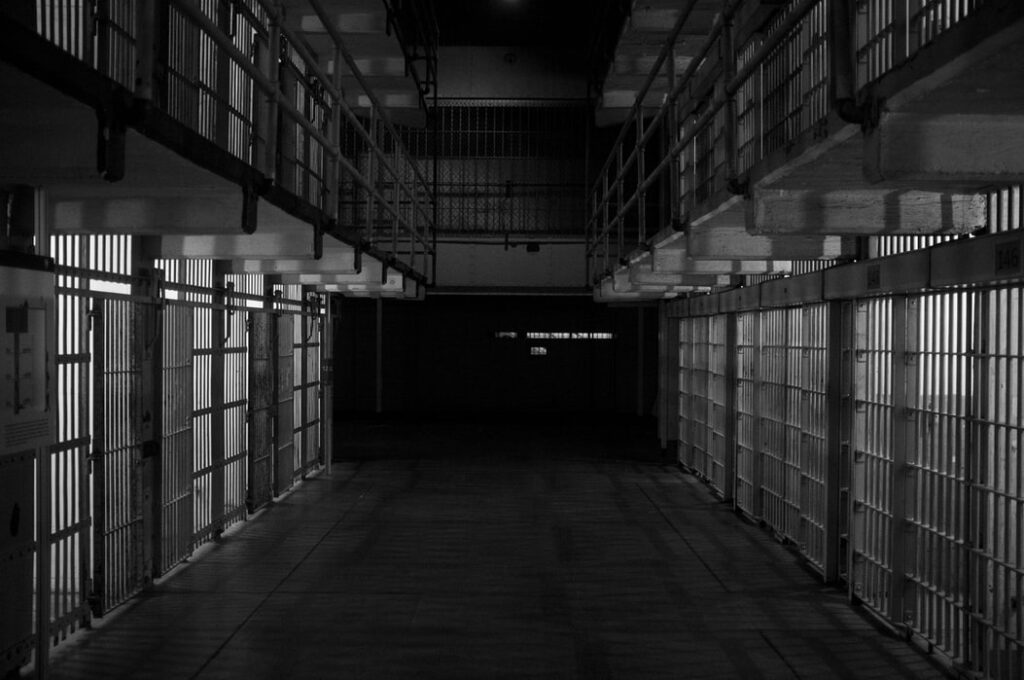There’s a severe lack of health care and support services in the D.C. jails, prompting many mentally ill and homeless people to end up behind bars over and over again, advocates told District councilmembers at a rent hearing on health conditions at the city’s jails.
The jail health care system is “seriously ailing,” said April Giancola, director of legal services for OurPlaceDC, one of many public advocacy organizations that joined experts and city officials to determine the problems and possible solutions to the lack of medical care in District jails.
According to many that testified at the June 29 hearing, this lack is largely due to overcrowding. The sheer volume of inmates at the D.C. Jail and the Correctional Treatment Facility (CTF) is staggering, and advocates claim the city isn’t devoting the resources required to take care of them.
“The single most important factor negatively impacting the delivery of health care is the overcrowding of the D.C. jail,” emphasized Phil Fornaci, executive director of DC Prisoners’ Legal Services. “The soring population at the Jail has led not only to an unmanageable population level… but [also] ever increasing numbers of inmates being transferred to the CTF in chaotic circumstances.”
About 1,200 inmates are housed in cells at CTF. The D.C. Jail, built to hold 1,700 people, currently houses 2,400. Edward Reiskin, from the Mayor’s office, testified that of the Jail’s several thousand inmates, mental health services are routinely used by 60 percent to 65 percent, suggesting the size of the need and challenges facing a small staff.
“Hundreds of seriously mentally ill inmates are now held at the [D.C.] Jail,” testified Fornaci.
Many of these people are either homeless or will be homeless upon their release from jail, added Fornaci’s colleague, Mike Berler, which perpetrates recidivism. Berler pointed to “the recycling of the homeless and mentally ill from the streets to the Jail and back, which is one of the primary causes of overcrowding at the Jail.”
Furthermore, the Jail’s health care facilities are under-staffed, creating “serious delays in securing medical appointments… in delivering medications on a timely basis, in controlling outbreaks of [infectious diseases], and securing mental health services of any kind,” Fornaci said.
Steve Gordon, with the Council for Court Excellence, noted that D.C.’s Department of Mental Health has exactly one employee at the D.C. Jail to coordinate aftercare efforts for as many as 500 mentally ill inmates ready for release. And in a new study conducted by Johns Hopkins University, women prisoners at the CTF and the D.C. Jail said they were submitting as many as 15 or 20 sick-call slips for medical care before they were seen by a provider.
Other problems reported at the Council hearing included sudden transfers from one jail to another with medications and medical records being left behind; lack of personal hygiene products such as soap; jail pharmacies running out of essential medications; failure to treat a higher percentage of addicted inmates; failure to provide condoms; the inmates being released without the proper kind or amount of their medication.
Aftercare and planning for inmate release are also often neglected, advocates said. Dr. Janelle Goetchus, medical director o Unity Health Care, said that many seriously ill homeless people are falling through the cracks when they get out of jail. They come “to the homeless shelters, health centers, and community health centers… very ill from having had no health care since their release,” she said.
As a counterpoint to these bleak reports, corrections officials at the hearing were at pains to point to comprehensive policies in place that were designed to provide good health care to inmates, including those who are mentally ill and the homeless.
Elwood York, Jr., Esq., interim director of the Department of Corrections, said that over 20 million dollars have been budgeted for his department to provide health services to D.C. inmates. Their care is in accordance with guidelines established by national corrections associations, including the National Coalition on Correctional Health Care (NCCHC) York said.
Both corrections facilities, the D.C. Jail and the CTF, are officially accredited by NCCHC, York said – an honor won by only 8 percent of jails in the United States. Dr. Robert Greifinger, who reviews the quality of care at both jails, testified that his assessments show that “the care provided at both [the D.C. Jail] and CTF more than meets the standard of care for correctional facilities.”
Both York and Edward Reiskin, Deputy Mayor for Public Safety and Justice, outlined an extensive array of health programs offered to inmates, and both discussed corrections policies designed to screen incoming prisoners for health problems, offer care to those inside, and assist prisoners about to be released.
Additionally, advocate Phil Fornaci praised the “professionalism” of the health care staff at the jails. He noted that they responded to and worked with advocates as best they could when approached with valid health care complaints.
As the hearing came to a close, advocates and officials drew parallel conclusions. First and foremost, they agreed, the city needs to develop working “diversion” programs to keep sick people out of jail. Secondly, the jails need better health care services for ailing inmates and better communication between the jails and their hospital wards (which are mostly located at the Greater Southeast Community Hospital in Anacostia). Finally, there’s a need for effective follow-up services when sick inmates are released, with smoother transitions to other public social services such as affordable housing and mental health care.







